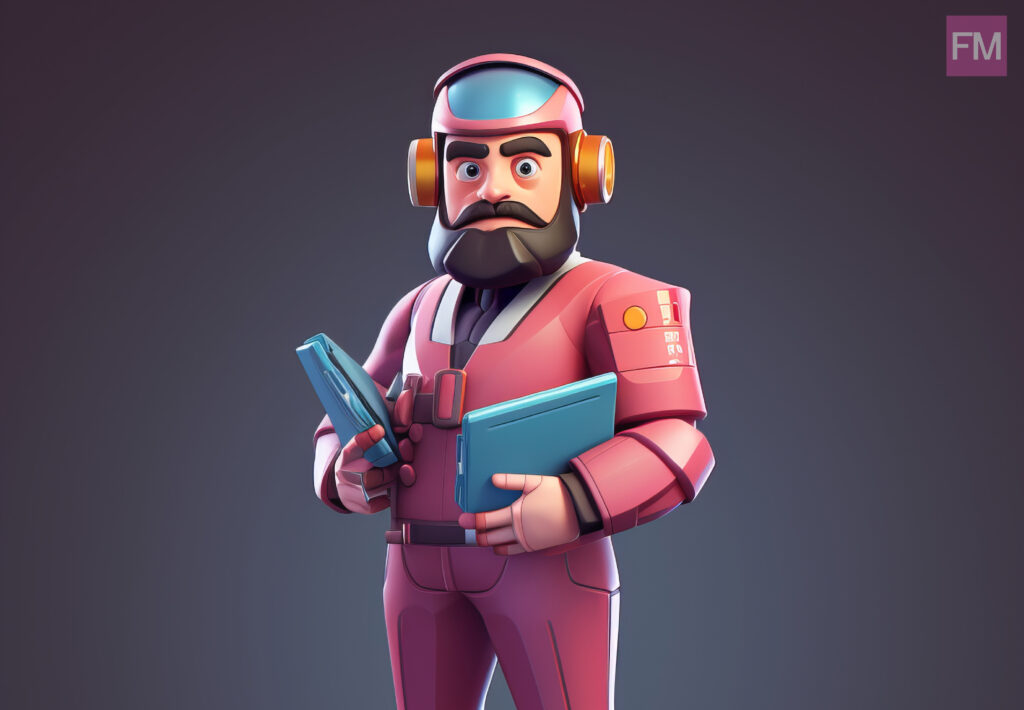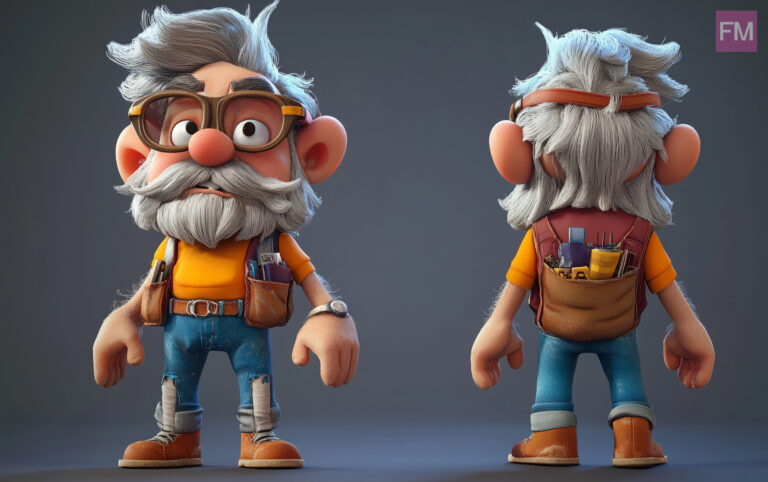Character AI has changed significantly over the years, moving from simple, pre-programmed responses to highly advanced artificial intelligence that can understand and generate human-like conversations. The development of this technology has been shaped by innovations in natural language processing (NLP), deep learning, and machine learning. Today, character AI is used in video games, customer service, storytelling, and even companionship applications. However, before reaching this advanced stage, character AI started as something far more basic. Understanding the history of character AI helps us appreciate how far it has come and where it is headed in the future.
Table of Contents
The Genesis of Character AI
The origins of character AI can be traced back to early computer programs designed to mimic human conversation. The most famous of these was ELIZA, developed in the 1960s by Joseph Weizenbaum. ELIZA was a simple chatbot that followed pre-set rules to respond to user input, often mimicking the behavior of a psychotherapist. Despite its simplicity, users were fascinated by its ability to create an illusion of intelligence. However, ELIZA lacked true understanding—it merely followed patterns in text without real comprehension.

The Rise of Interactive AI Characters
With the advancement of machine learning and natural language processing, character AI evolved from simple rule-based systems to more interactive and adaptive models. The introduction of deep learning allowed AI characters to analyze vast amounts of data, enabling them to generate more realistic and human-like responses. Virtual assistants, chatbots, and AI-driven characters in video games became more sophisticated, capable of holding contextual conversations and even learning from interactions. Companies like OpenAI and Google developed AI models that could generate text, mimic personalities, and create engaging narratives. These advancements not only improved realism but also expanded the applications of character AI in storytelling, education, customer support, and entertainment.
The Impact of Character AI on Entertainment and Media
Character AI has significantly influenced movies, video games, and virtual reality experiences, transforming how characters interact with users. In video games, AI-driven NPCs (non-playable characters) became more lifelike, offering dynamic conversations and unique story arcs. Hollywood also embraced AI, using it to recreate voices and likenesses of actors, like James Earl Jones’ Darth Vader voice being preserved through AI technology. However, this raised ethical concerns about using AI to replicate deceased actors without consent. Moreover, AI chatbots and virtual influencers have emerged, engaging with audiences on social media and even replacing traditional human-hosted content. The growing role of AI in entertainment highlights its potential to enhance creativity but also sparks debates about authenticity, originality, and ethical responsibility.

Challenges and Controversies Surrounding Character AI
Despite its impressive growth, character AI faces significant challenges, particularly concerning user safety, emotional attachment, and misinformation. Some users form strong emotional bonds with AI companions, leading to concerns about psychological effects and unhealthy dependencies. There have also been cases where AI chatbots generated inappropriate, biased, or harmful content, raising concerns about content moderation and ethical AI development. Companies must constantly refine their models to prevent misuse and ensure AI interactions remain safe, ethical, and unbiased. Another major issue is the potential misuse of AI in deepfake technology, which can be used to spread misinformation, manipulate media, and create deceptive content. Addressing these challenges requires strict regulations, transparency, and ongoing improvements in AI safety measures.
The Future of Character AI
The future of character AI is set to be more personalized, emotionally intelligent, and integrated into daily life. Future AI models will likely be able to adapt to individual personalities, offering users unique and meaningful interactions. AI-driven characters in games, social media, and storytelling platforms will continue to evolve, creating immersive and interactive experiences. Additionally, advancements in AI ethics and responsible AI development will be crucial in ensuring these systems are used safely and transparently. As AI continues to improve, we can expect characters that are not only more lifelike and engaging but also capable of understanding human emotions and context better than ever before.

Conclusion
Character AI has come a long way from its early days of pre-programmed responses to today’s highly sophisticated and interactive models. Its impact on entertainment, media, and human-AI relationships is undeniable, offering new possibilities for creative storytelling and virtual interactions. However, as AI becomes more advanced, ethical considerations, user safety, and content moderation remain key concerns. The balance between innovation and responsibility will shape the future of character AI, ensuring it remains a beneficial and ethical tool for entertainment, communication, and beyond.
READ MORE : Carter Reum Net Worth: A Look at His Wealth and Success
FAQs
1. What is character AI?
Character AI refers to AI-driven virtual personalities that can interact with users, simulate conversations, and generate responses based on data and machine learning algorithms.
2. How is character AI used in entertainment?
Character AI is widely used in video games, movies, virtual assistants, and storytelling platforms to create interactive and engaging experiences.
3. What are the risks of character AI?
Some risks include misuse of AI for deepfakes, ethical concerns over AI-generated content, user emotional attachment, and potential biases in AI responses.
4. Can character AI replace human interaction?
While AI can simulate conversations and provide companionship, it cannot fully replace human emotions, empathy, or authentic relationships.
5. What is the future of character AI?
The future of character AI involves more personalized interactions, ethical AI development, and broader integration into everyday applications like customer service and virtual reality.


